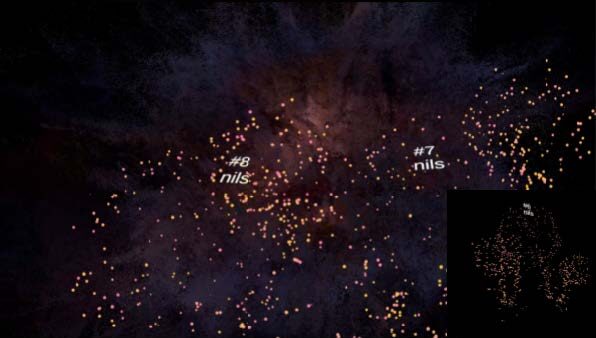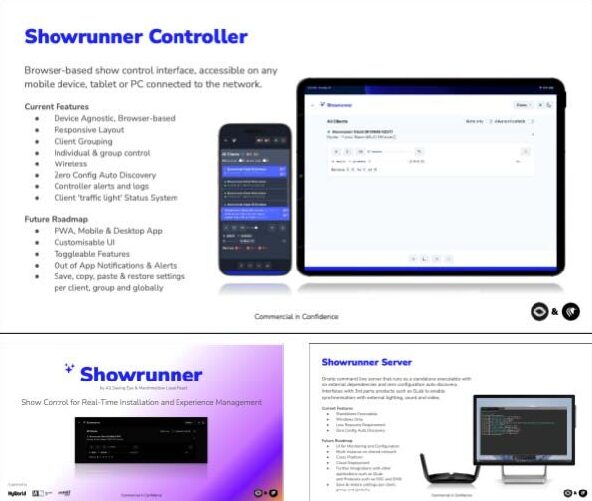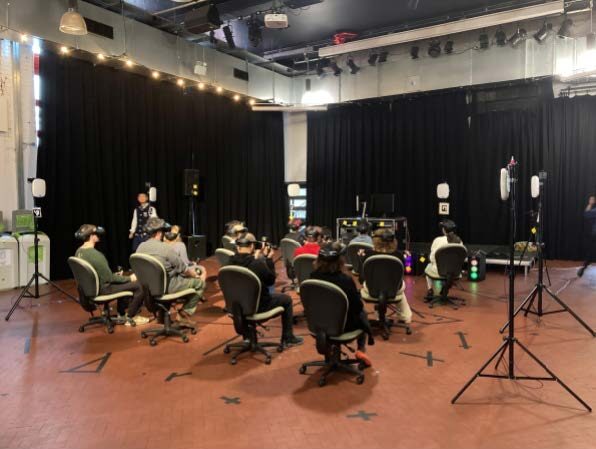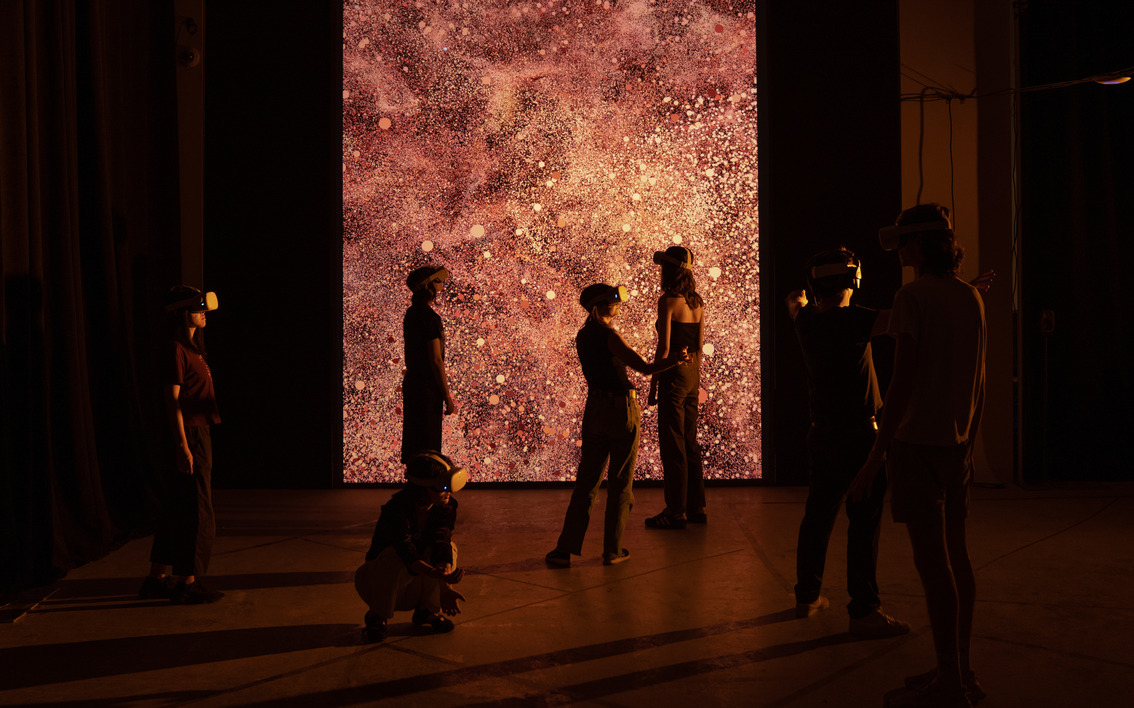In the ever-evolving landscape of virtual reality (VR) and shared immersive experiences, for makers, it can often feel like only two questions exist (to us at least). Do you want higher throughput of users at the expense of perceived quality, or perceived quality at the expense
of throughput?
Obviously, this is hugely reductive, but it captures the fundamental basis of the STREAM project, and our dissatisfaction that only one seemed possible, leading us to ask: “What does it take to have both, and is it worth it?”.
In the original question, I use the term “perceived” – as not only is quality subjective, but experience is even more subjective. We could not agree on an aligned understanding across the team – from users to developers to designers to creatives. So we found ourselves in a conundrum and decided to be specific. Do we want to increase the number of concurrent users possible in desktop-grade graphical experiences? Or do we want to expand the efficiencies of high-user throughput experiences (commonly deployed directly on mobile-first platforms)? And how do we evaluate if there is a “better”?
Well, we knew that we wanted to answer all of those questions, and that’s what led to the consortium of the multiple award-winning partners of All Seeing Eye (ASE), Marshmallow Laser Feast (MLF) and the University of West England (UWE). As a group, we set out to test the limits and expand the horizons of cutting-edge streamed VR technologies and build tools to support the operation and management of the shows they make. With the ultimate question “If we can increase the capacity of streamed VR experiences, does it improve the user journey in general, is it worth the additional expense?”
The ideas and details of the project’s work are slightly jargony for a blog post and too hard to condense into a general structure that fits within word limits. So I will say as much: Synchronous Tools for Realtime Experience Management (STREAM) took us on a journey of design, development and implementation in ways we didn’t expect, with outcomes and learnings that definitely shape the future trajectories of work across our organisations, and will potentially have implications for the future of the industry and the expectations we all hold for in this domain.
Over 15 months we have devised, developed and implemented a rigorous R&D process that saw us: design and develop a bespoke cross-domain/platform/device experience; develop a comprehensive understanding of cutting-edge networking infrastructures; access and experiment with beyond bleeding-edge 5G technologies; develop the tooling and systems for scalable multiplayer experiences; implement a robust 12-person streamed VR experience with the theoretical logic for 18 verified; deploy and manage a connected 12 person mobile experience; create, package and brand a management toolkit for future Location Based Virtual Reality (LBVR) shows; and successfully test our work with 115 people.

We reliably and robustly increased the scalable use of streamed VR experiences, driven by the amazing ‘Showrunner’ toolkit that emerged as a standalone product, able to support the running, deployment and management of LBVR experiences for artists and venues alike. It
is our opinion that we have found the limits of user numbers within streamed experiences, without changes to networking infrastructures (Eg, a new type of Wifi all together) or vast advancements in 5G technologies, we cannot find options that take us beyond 18 people as the stable limits. While broad in our testing, we know this is a pressing issue with constant investment and development across the industry, we welcome any input from anyone in the space interested in more details or has ideas on alternative approaches in our current technical environment.

While a project full of successful outputs, all R&D is valuable to the industry and it should be acknowledged that there are also hours and days of work that will never see the light of day again, at least until fundamental movements in the current technical or software landscape allow them to become valid again. Items that still progressed the project, our work and shifted the outcome, are vital to every development. Items such as: inside-out continuous calibration and orientation tooling; connected multiplayer server logic; manufacturer-provided LBVR toolkits; deployed 5G connection; bespoke networking protocols & packet definitions.
However, in a string of potential disappointment to the reader, we need to wait on the ultimate answer to our main question – “Is it worth it?”. User testing was conducted over three sessions, two under academic study formatting. The data review is underway, and we are excited about the outcome. We put over 137 people through the testing process over multiple events, showed iterations of the same brilliant creative experience, pushed the limits of enterprise networking technology and delivered a managed, controlled experience that told us about users’ issues before they even happened.

Even without the results of the user testing in hand, it’s easy to see STREAM as a success. We might not have the complete landscape answered. Still, as innovative arts organisations, we have moved the needle forward, developed a compelling product with a suitable market to target, and developed research for academia at the current’s bleeding edge.
